Final year project
SmartStreets - Rethinking Traffic Systems in The Urban Environment [Read more]
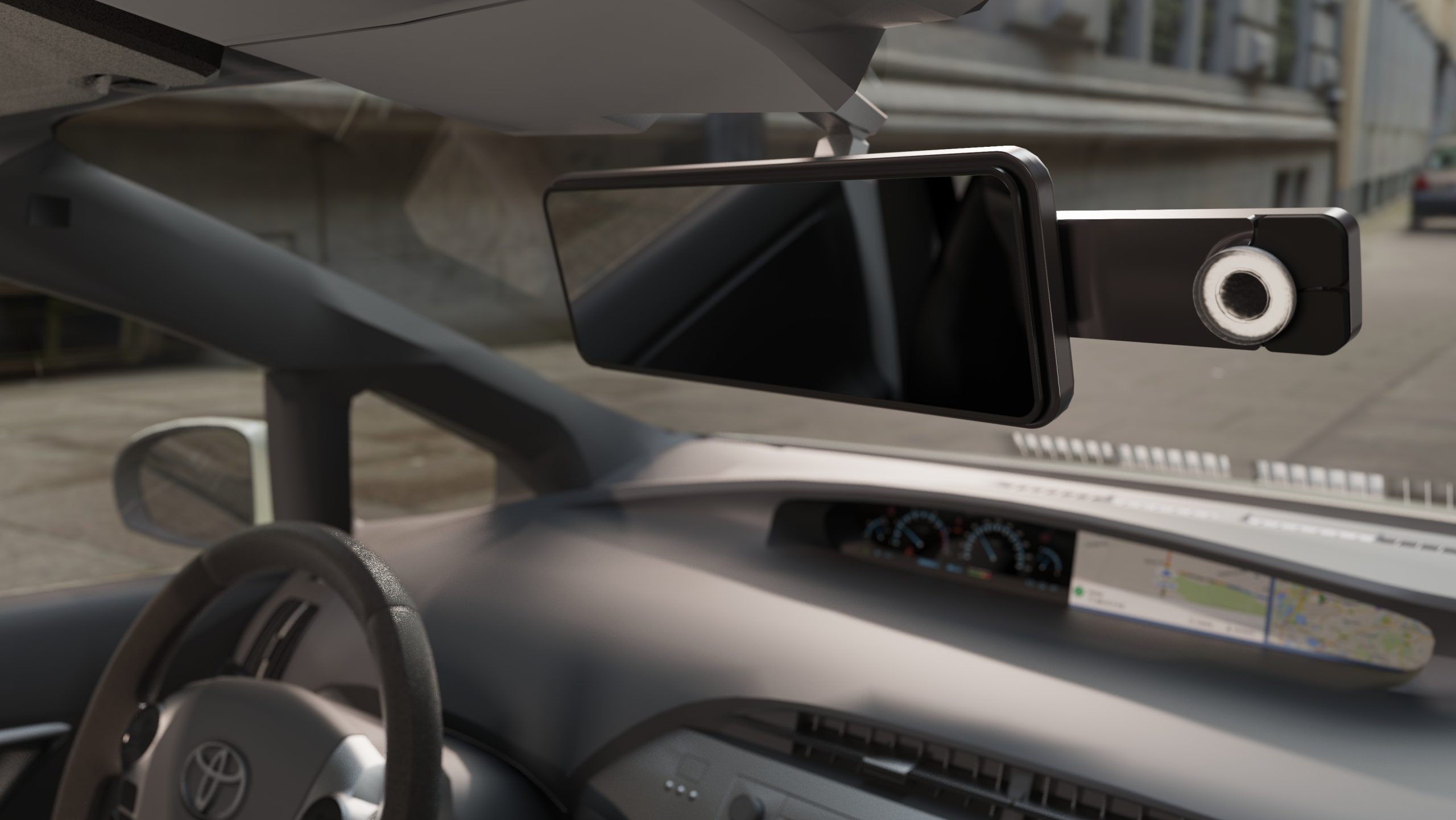
SmartStreets - Rethinking Traffic Systems in the Urban Environment
The way in which we navigate our urban environments has been on a knife-edge of change for an overdue period of time. SmartStreets is a conceptual traffic management scheme that is dictated by real-time demand for transport and infrastructure - allowing our cities to mould and adapt as our daily requirements evolve. This project has taken an industrial design approach to a broader, systems design-driven brief which has resulted in the development of an aftermarket communications device, incorporated into a rear-view mirror.
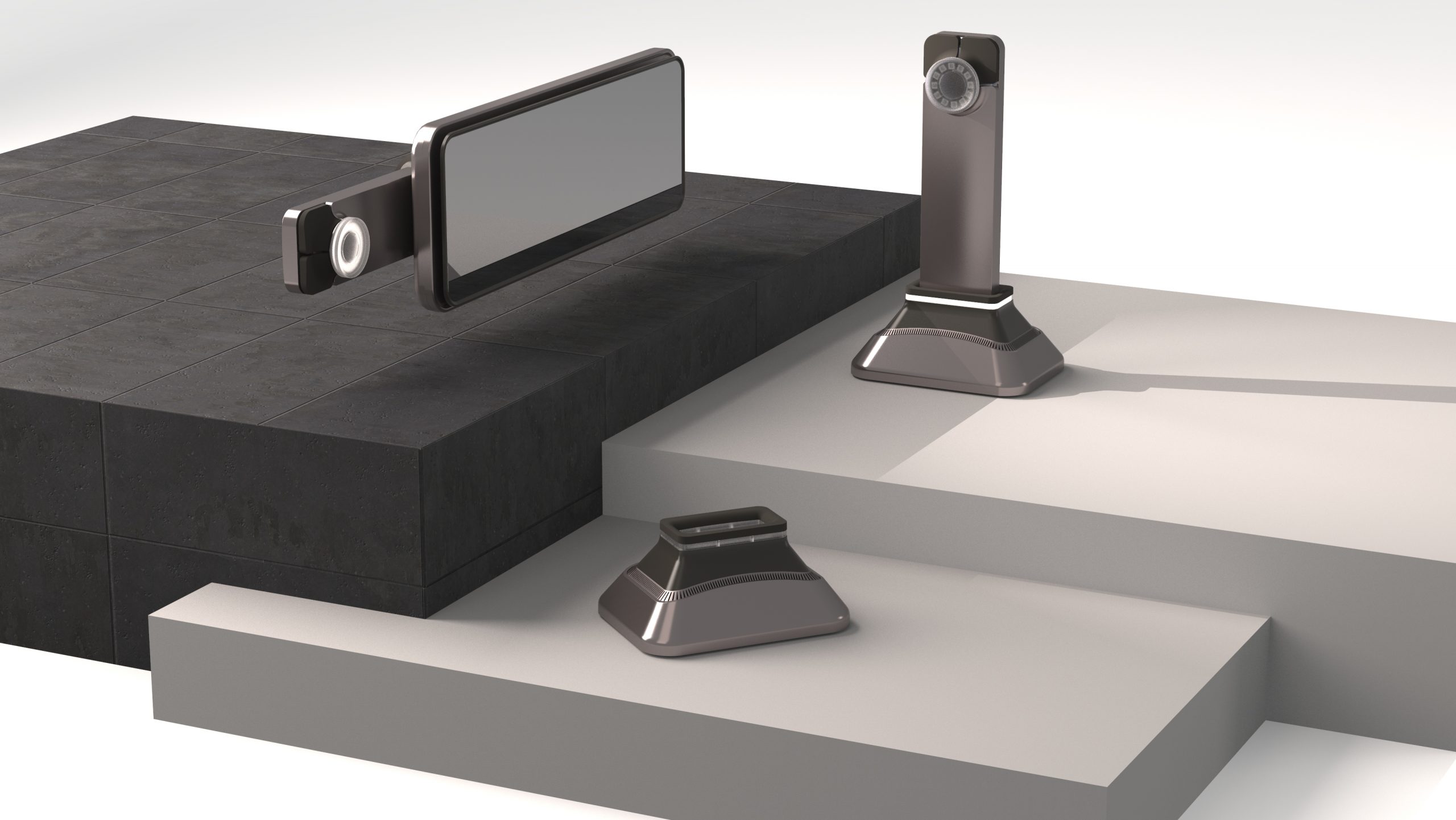

SmartStreets - Rear-View Mirror and Charging Hub
As part of the subscription-based scheme, a SmartStreets rear-view mirror is provided to vehicle users. Once set up and connected, the device leverages the power of V2X technology to take control of the vehicle's navigation. Roads open and close as demand across the city fluctuates, allowing the SmartStreet device to guide the users to their destination as efficiently and effectively as possible.
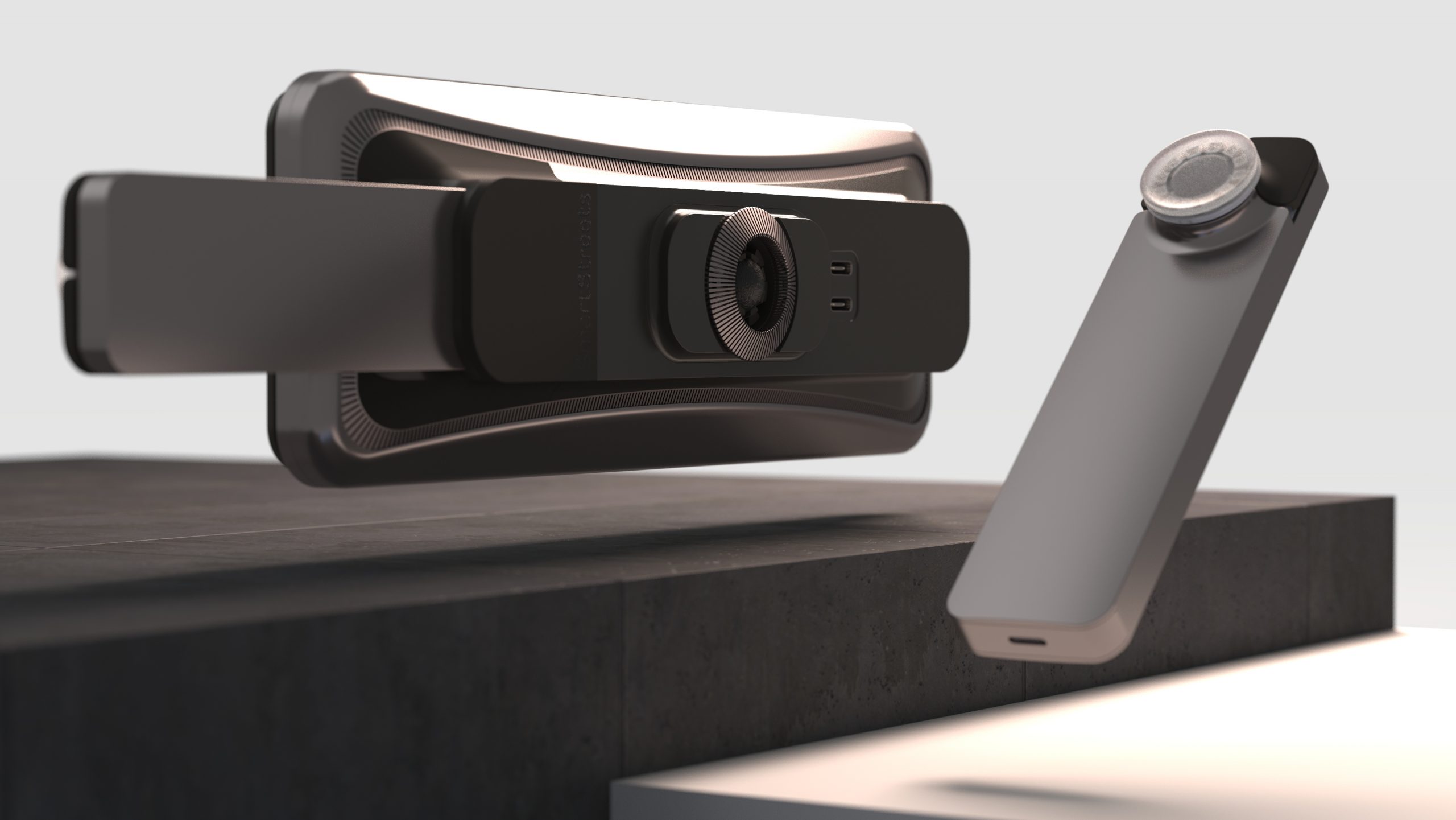

SmartStreets - Seamlessly Fitting It Yet Subtly Standing Out
One of the main goals of this brief has been to design a device for the vehicle interior that is permanent, addressing the issues of free-hanging cables and mismatched aesthetics. The rear-view mirror, along with the control hub has been designed to fit into a variety of vehicle interiors, from delivery vans to compact hatchbacks. The control Hub extends from the traditional silhouette of a rear-view mirror, creating an interesting new aesthetic and an introduction to conversations about sustainable mobility. For vehicles incapable of running power to the mirror, the Control Hub can be removed and charged in the home or at work.
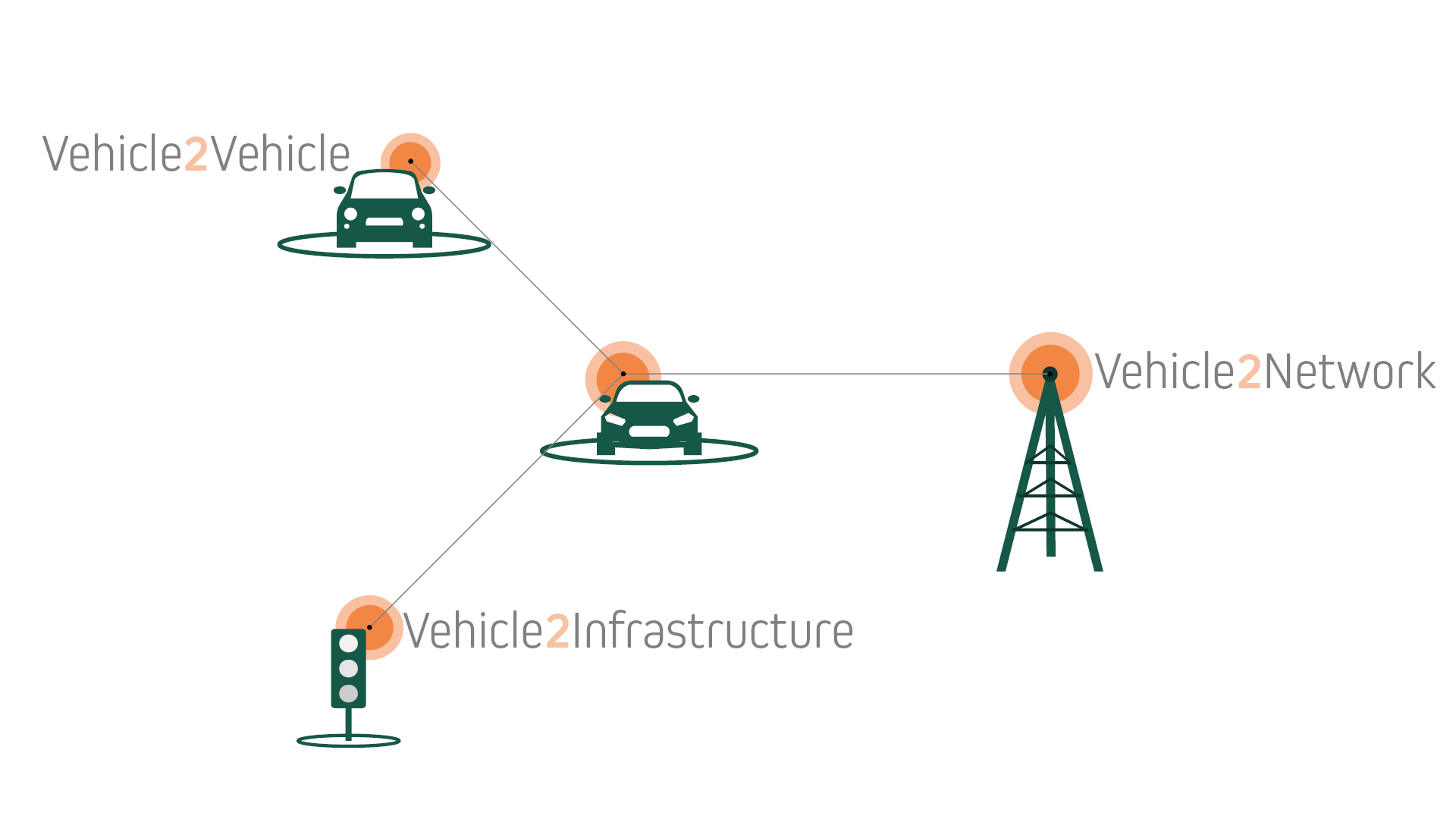

SmartStreets - Leveraging Technology
SmartStreets Scheme envisions movement that is underpinned by advanced communication systems. V2X Technology encompasses communications that allow interactions at real-time speeds. The data from this technology will empower an unparalleled understanding of how and when we travel - allowing our streets to flex between vehicle use and pedestrian zones depending on the populations' demands.
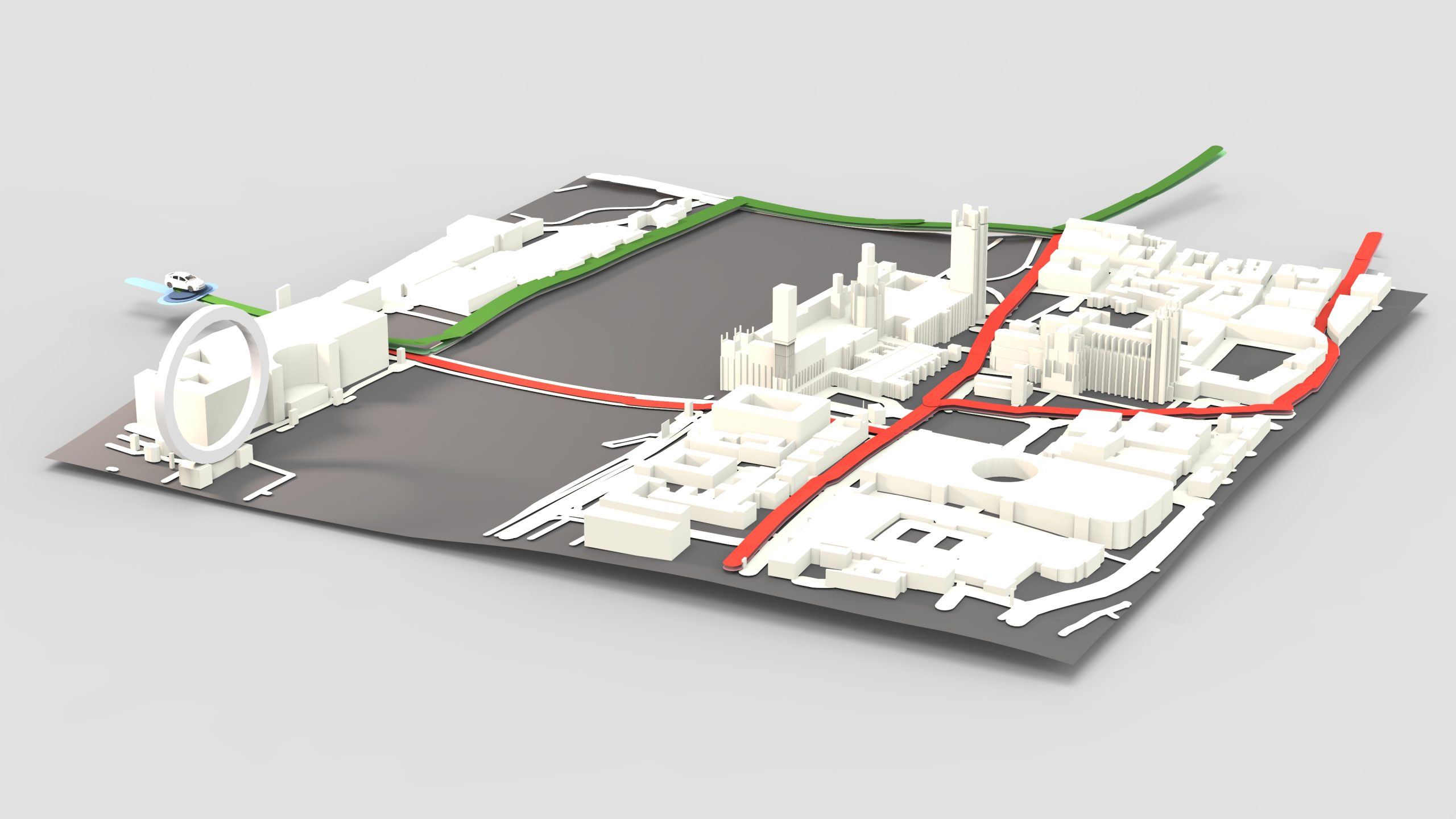

SmartStreets - Systems Overview
SmartStreets proposes a system where our roads constantly evolve and change. The devices will be able to adapt their routes to different scenarios before the vehicle has arrived at the location, reducing congestion created by roadworks, accidents, and events. When demand for vehicle space increases, roads can be opened and routes can be optimised. On the contrary, when there is little demand for vehicles, the streets can evolve into pedestrian zones transforming our cities and aligning them with how we want to live.
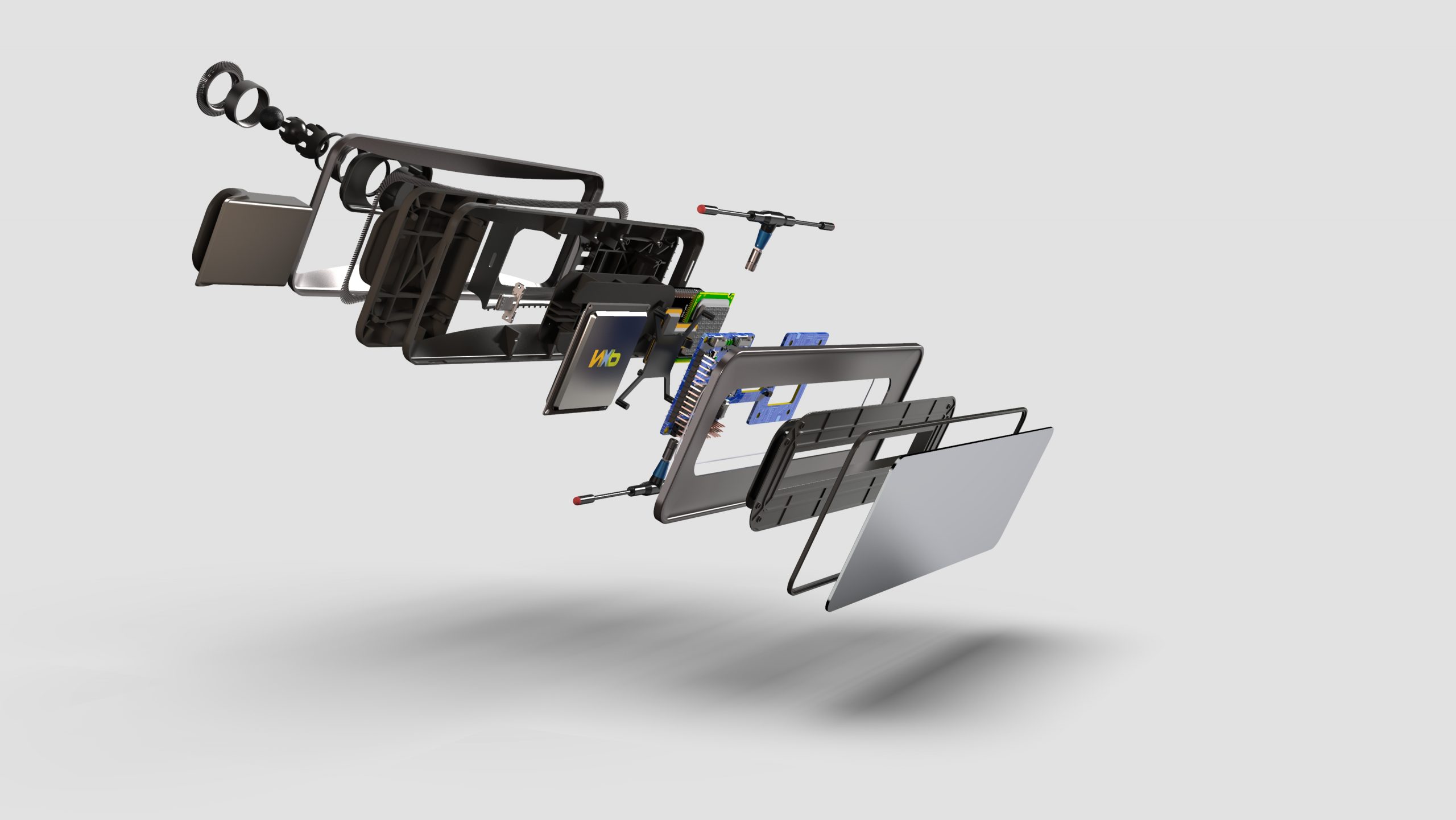

SmartStreets - Mirror Hardware
Understanding and integrating the hardware required for tasks of this nature was a challenge considering the dimensions of the mirror. The device is equipped with both V2X chipsets and Dedicated Short Range Communication (DSRC) CPU's allowing for the most reliable 'line of sight' and long-range communication. There are 4 GNSS antenna fitted, ensuring that the widest degree of connection can be achieved at all times.
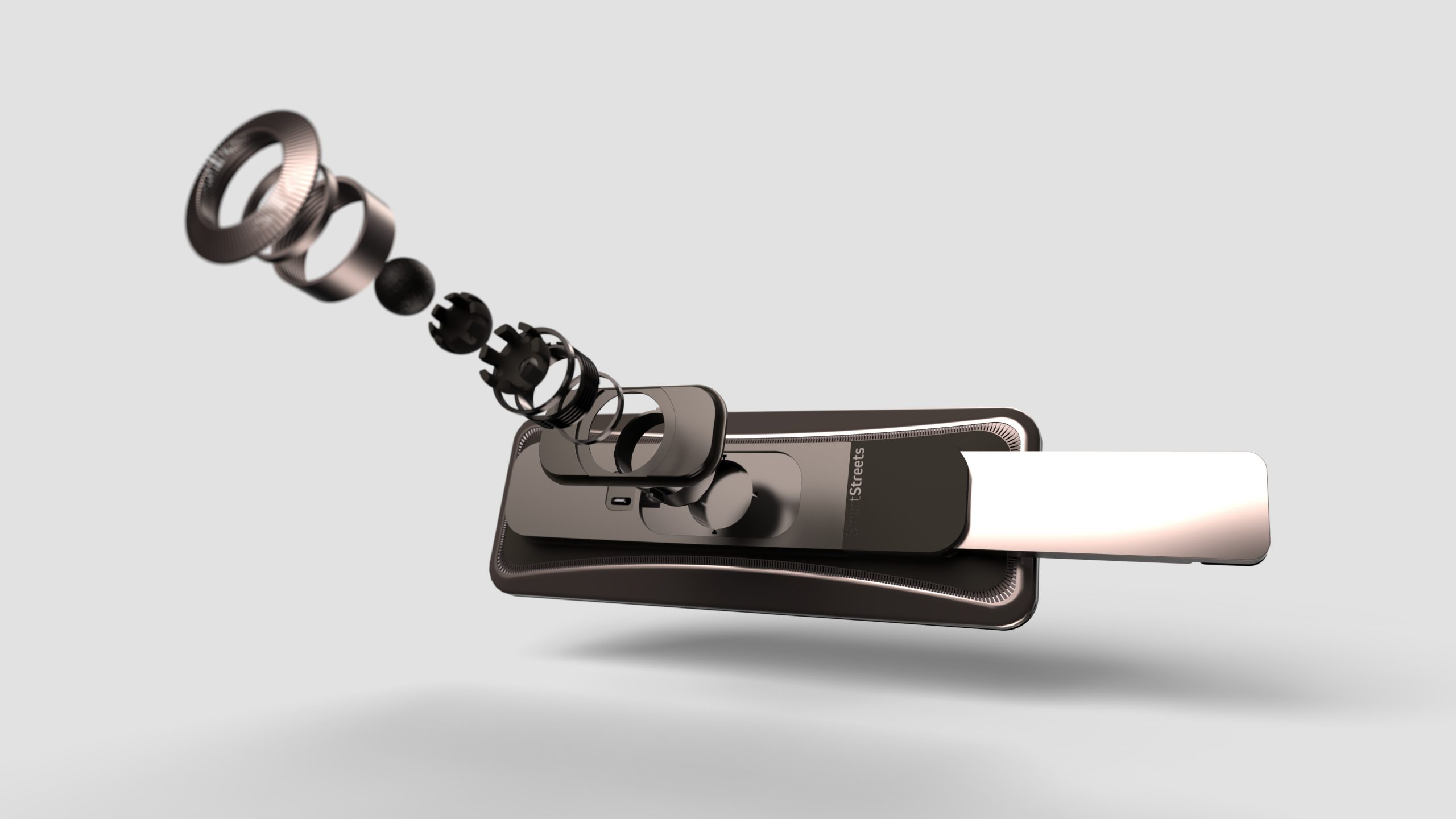

SmartStreets - Inclusive Connections
The connection element at the rear has been designed to attach to all types of vehicles. The design incorporates a locking ball and socket mechanism which can be loosened or tightened.
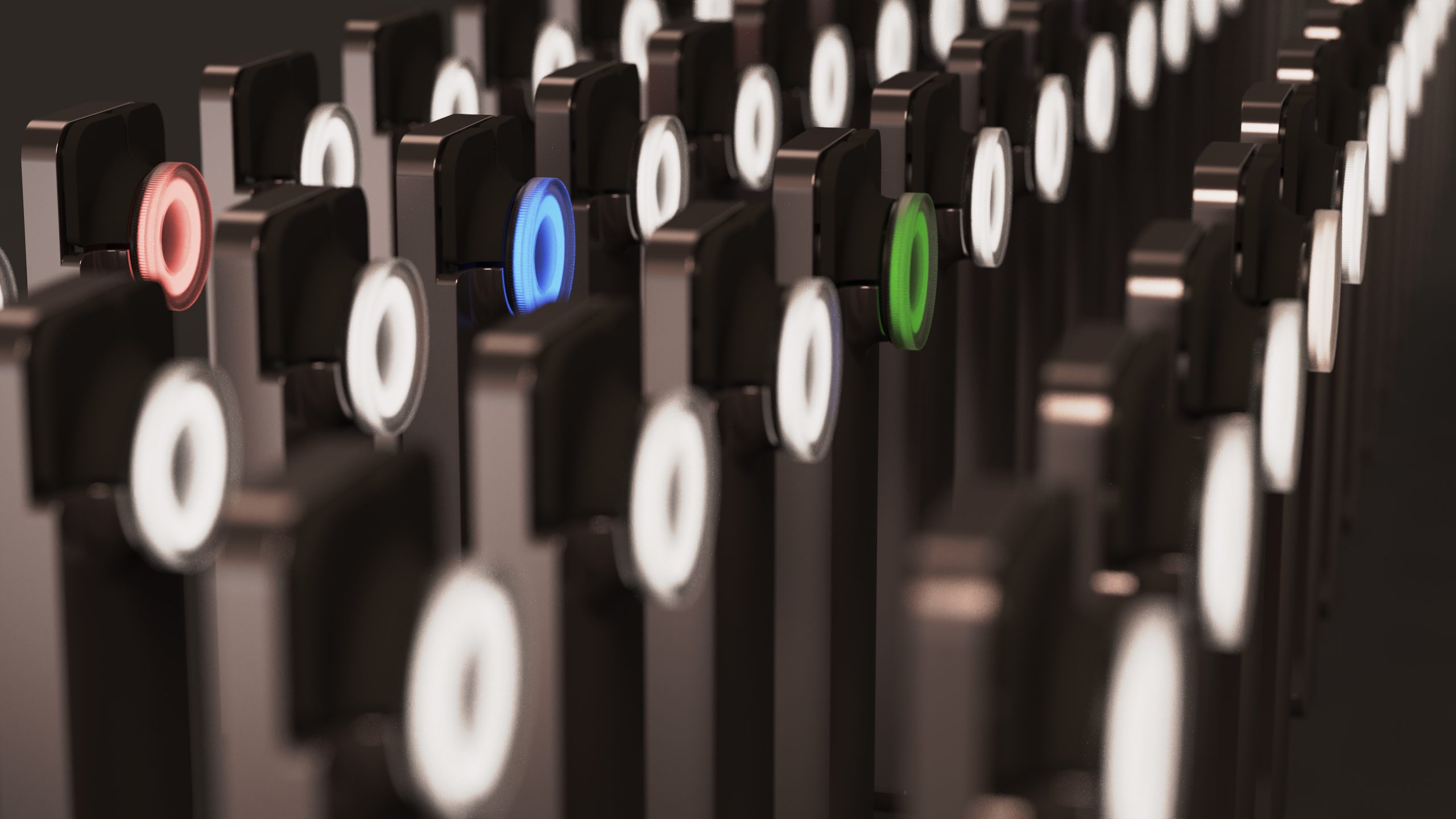

SmartStreets - User Interaction And Visual Feedback
The mirror seamlessly links to the users' navigation device, whether that be through the vehicles navigation system or the users' smartphone. Once connected, the device bypasses the driver and automatically updates and changes the routing of the vehicle. This is relayed back to the driver through subtle colour changes in the display. This has been specifically designed to be picked up by the drivers' peripherals, ensuring that the feedback is noticeable but does not detract from the task of driving.
Campbell Castagna
I am am an energetic creator driven by a desire to evoke change.
As a student of industrial design, I have been taught how to create well refined and attractive outcomes to a variety of broad, human-centred issues. I have a passion for creation. But in order to create, we must understand the details and intricacies of who we are creating for. Spending time living in different societies has allowed me to realise and appreciate individuality and how this needs to not only be considered but brought to the forefront of our design process. I am fascinated by understanding different social dynamics and how, as designers, we can play a role in developing the spaces we move in and the products we use.
Final year project
SmartStreets - Rethinking Traffic Systems in The Urban Environment
Awards
2020 Diploma of International Studies
2021 Design School Nominee - RSA Student Awards
Work Experience
Automotive Design | People in Transit | TU Delft, Netherlands.
August 2019 - February 2020.
Design Intern | Studio Stallinga | Amsterdam, Netherlands.
February 2020 - August 2020.